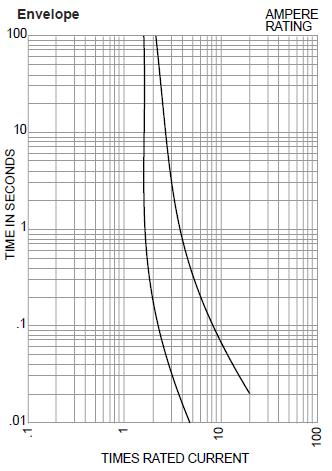We have a pressure washer which although sold for connection to a household supply has a motor of (I think) about 3300 watts. According to my maths, this works out at just under 14 amps.
We're using a fused, wired RCD on the lead with a 13 amp fuse.
It works okay, but every now and then the load pushes up and the fuse blows as you'd expect. Replace the fuse, you're ok for a bit longer. Sometimes it'll run all day on a single fuse, sometimes you're swapping every half an hour. (My guess is the voltage fluctuates a bit on the supply enough to make the difference, or some fuses take more of a load than others?)
Given that returning it isn't an option - nor is replacing any sockets (too big an area), can any of you clever chaps think of a /safe/ way around this? It's used by employees so slipping a nail into the fuseway just ain't going to play.
Scratched my head and just can't think of one.
We're using a fused, wired RCD on the lead with a 13 amp fuse.
It works okay, but every now and then the load pushes up and the fuse blows as you'd expect. Replace the fuse, you're ok for a bit longer. Sometimes it'll run all day on a single fuse, sometimes you're swapping every half an hour. (My guess is the voltage fluctuates a bit on the supply enough to make the difference, or some fuses take more of a load than others?)
Given that returning it isn't an option - nor is replacing any sockets (too big an area), can any of you clever chaps think of a /safe/ way around this? It's used by employees so slipping a nail into the fuseway just ain't going to play.
Scratched my head and just can't think of one.




